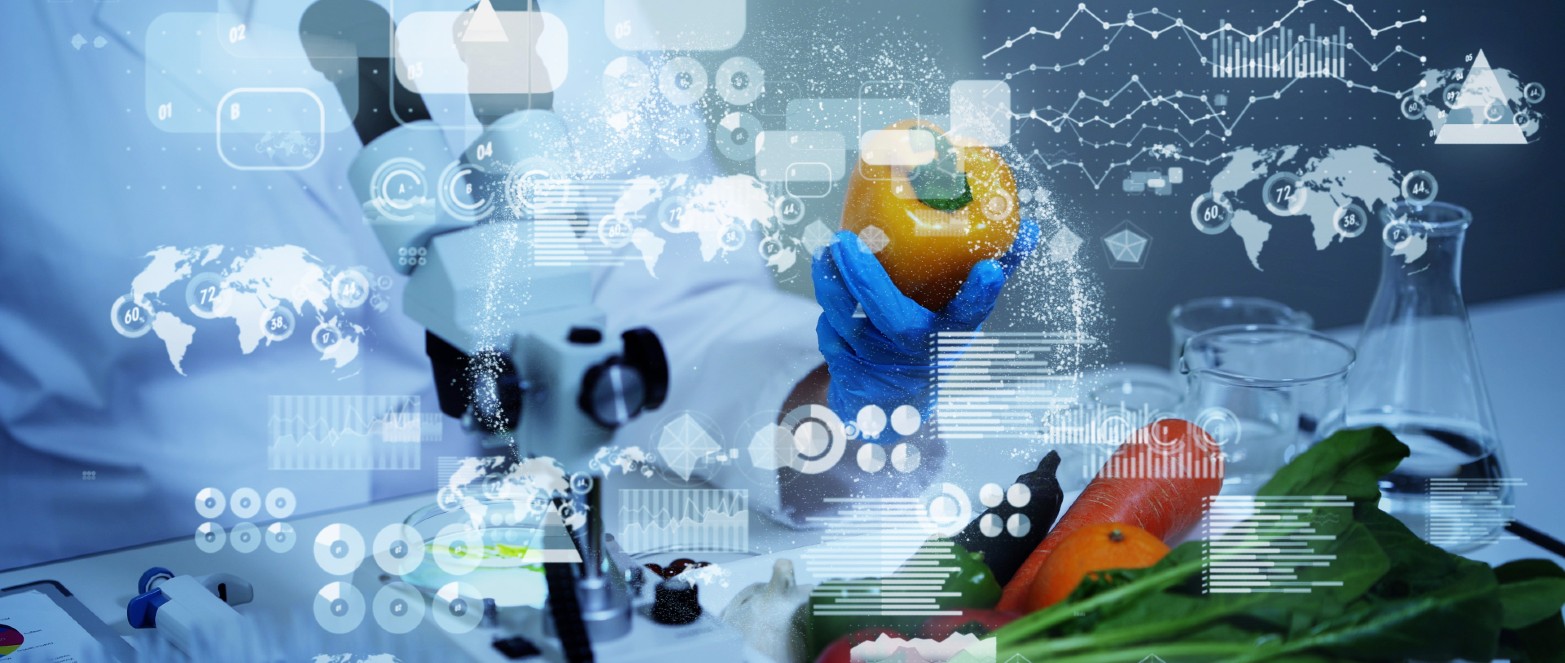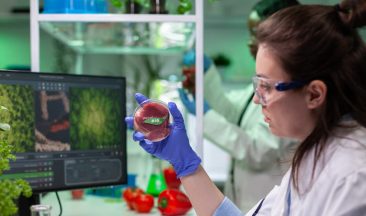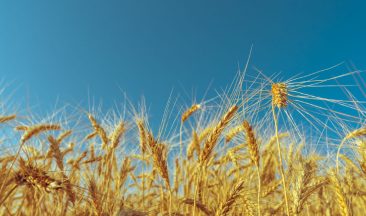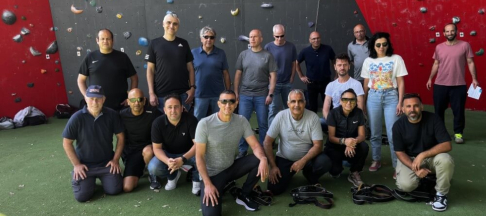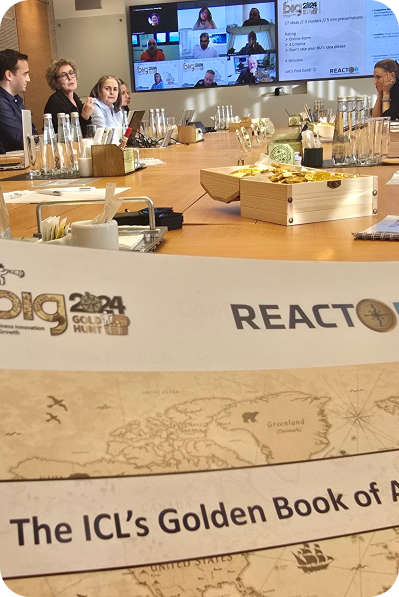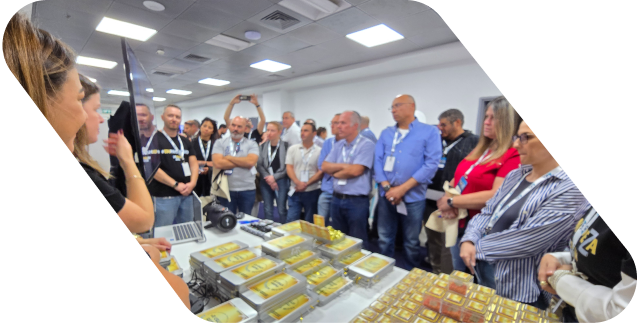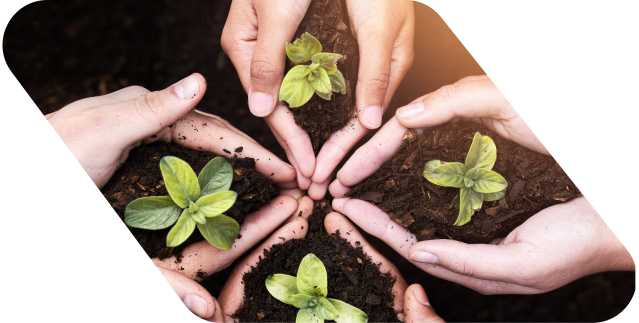Business trends tend to follow economic indicators and consumer preferences. In the past 2 years, both were battered by the scourge of coronavirus across the world.
Having seen broad swaths of business and consumer sectors closed for unprecedented lengths of time, everyone is now watching closely for innovative approaches to food technology that could keep the food chain—farming, food storage, packers, trucking, science labs, agri-businesses, restaurants, schools, supermarkets, and more— alive and growing stronger. Wherever we are along the food chain, we know this will take three things: affordability, sustainability, and healthier food choices.
Facing uncertainty about the near future, we look to food technologists to help us meet the current challenges of 2022 by focusing on food affordability, and sustainability—and any little surprises they can come up with to keep the food industry shining.
We asked Hadar Sutovsky, Vice President of External Innovation at ICL, to share her vision of Food Tech trends in 2022 that could help us achieve these three goals.
Affordability
Hadar tells us that “Consumer priorities in making consumption decisions have changed, and in 2022 one of the main focus will be on their budgets and the priority will be ‘Affordability First.’”
According to the UN´s Food and Agriculture Organization (FAO), global food prices increased 28.1% in 2021 versus the previous year. Dovetailed with volatile climatic conditions, the ongoing pandemic, supply chain issues, an increase in transportation, packaging, and energy costs, global food prices in 2022 are expected to continue to increase.
A shorter food supply chain
Shortening the food supply chain might help. The Covid-19 pandemic “exposed vulnerabilities in … food supply chains,” says Hadar, vulnerabilities caused in part by an overdependence on human hands– farmers, packers, truckers, scientists, agri-businesspersons, supermarket staff, and more—and the persistence of long distances between the farm and the consumer, such that a minor breach in the infrastructure or a worker shortage could have a disastrous effect.
Vertical farming
One plan of attack is vertical farming. “Vertical farming,” Hadar explains, “allows food to be grown in hyper-controlled environments that are closer to urban areas, free of pests, and [capable of producing] more frequent harvests.” Grocery retailers will appreciate the increased diversity of produce that will result from this practice.
With less money spent on transportation, food producers could offer consumers a wider range of fresher produce at a lower cost. “Vertical farming is positioned to have a profound effect on customer preferences and the food industry,” says Hadar. Its initial effect has been the growth of AgTech and Food Tech innovation accelerators and hubs around the world.
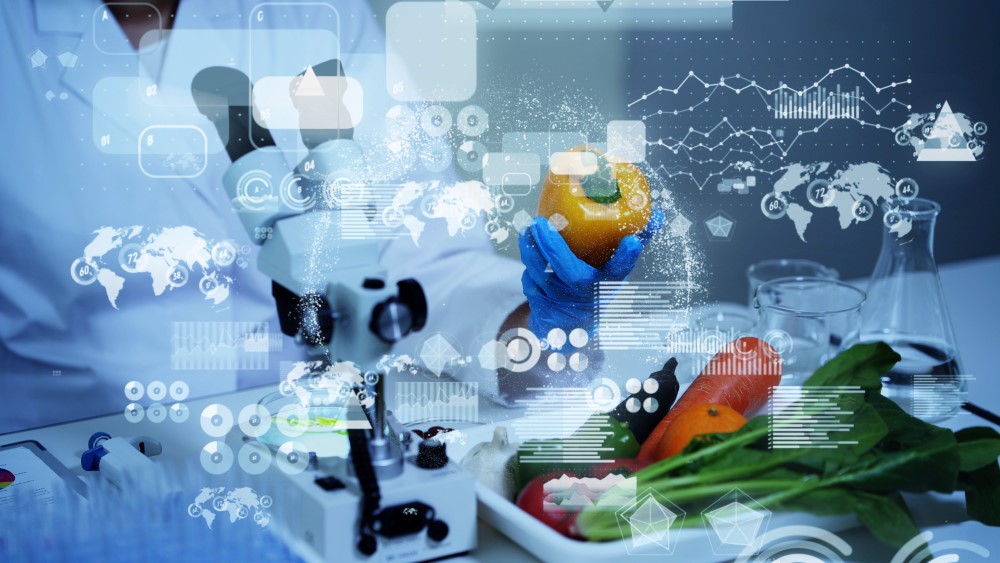
Sustainability
In addition to getting food from the farm, we have to preserve—sustain–the planet that provides it.
According to the UN’s Food and Agriculture Organization (FAO), “31 percent of human-caused GHG emissions originate from the world’s agri-food systems. Of the 16.5 billion tonnes of GHG emissions from global total agri-food systems in 2019, 7.2 billion tonnes came from within the farm gate, 3.5 from land-use change, and 5.8 billion from supply-chain processes, according to the new analysis.”
Of the 16.5 billion tonnes of GHG emissions, livestock agriculture is the largest contributor to total emissions representing 14.5% of anthropogenic GHG emissions.
Hadar firmly believes that environmental protection will be necessary in order for us to feed the next generation. “The global food system needs to reinvent itself over the next 30 years in order to produce 50% more food, help 2.5 billion people escape from malnutrition, and cut approximately 13 gigatons of carbon emissions.”
Sustainable food production
Some rather sophisticated and innovative food technology solutions will be necessary to meet these goals without breaking the bank. Low-carbon, sustainable food production systems may hold answers for overcoming this dilemma.
Advances in food tech that can get plant-based protein on the kitchen table faster could help reverse the impact of livestock on the environment by “reducing greenhouse gas emissions, freeing up global cropland, reducing soil erosion, and relieving pressure on the world’s water supply” says Hadar.
Obviously, there is room in the world of food tech solutions to develop alternative proteins such as plant-based and whole-plant foods in an environmentally safe way.
Zero food waste
Another approach to sustainability is the concept of zero food waste.
The United Nations has defined food waste as “an important part of food loss and refers to the removal from the food supply chain of food which is fit for consumption, or which has spoiled or expired, mainly caused by economic behavior, poor stock management, or neglect.”
This has inspired entrepreneurs like Jasmine Crowe to create food rescue companies like Goodr, which uses proprietary technology and data to match food surpluses to those in need.
Protecting Mother Earth also means helping her get rid of some of her plasticware. Americans produce 42 million tons of plastic waste every year and recycle only 2% of it. As a result, consumers and government agencies are demanding that businesses come up with alternatives to single- and short-term plastic containers.
One approach is to recycle the waste into containers. The material scientists at Apeel have done just that–using fruit and vegetable peels to produce a thin film that can be used to wrap food and extend its shelf life four-fold. Other companies are in the process of creating edible food containers using seaweed and other biopolymers.
You may be interested also in:
Alternative Proteins: Satisfying the increasing protein demand sustainably
ICL driving plant-based food innovation
Emerging Foodtech Trends and Innovations In 2025
Healthier Food Choices
The Global Health and Wellness Foods Market is expected to reach US$1.1 Trillion by the Year 2027. Hadar adds, “Consumers are seeking healthier food alternatives. The rising obesity rates across the globe, coupled with consumer interest in healthier [and more sustainable] food alternatives, are driving the demand for alternative proteins.”
Plant-based proteins are easier to digest, improve the way the body turns food into energy, and put a spark in the immune system, which protects us against infections and reduces the risk of numerous diseases. While not everyone is turned on by a totally plant-based diet, some are turned on by the chance to reduce greenhouse emissions by reducing the number of cattle grown for human consumption.
One way some consumers have attempted to contribute to this cause is by adopting a “flexitarian” lifestyle, in which the amount of time spent eating meat is extremely limited. Leading us toward this practice is the food tech industry, which is exploring efficient ways to develop plant-based proteins that maintain the mouth-feel and flavor of meat, poultry, seafood, and dairy without all the cholesterol and saturated fats they usually carry.
In doing so, they are not only helping us use healthier options, they are showing the world how to use fewer resources while improving the quality of soil so that more food can be grown on the same amount of land.
Plant-based proteins—not just for meat lovers anymore!
Plant-based alternatives are being created for all kinds of food nowadays. Plant-based milks are gaining in popularity due to their health and nutritional benefits. We’ve gone beyond soy and beyond almonds to embrace oat-based products which recently took second place after soy in terms of sales. In the future look for new “milks” made from beans, chickpeas, barley, hemp, and flax.
Stress-fighting foods
Let’s face it: The last two years were stressful! And it doesn’t look like stress is going away anytime soon. Expect to find a growing number of consumers searching for products that promise a calm, relaxing effect. And expect companies to rush to meet this demand with products containing melatonin, L-theanine, magnesium, and botanicals (especially lavender, ashwagandha, valerian, and chamomile) placed conveniently on grocery shelves.
Our crystal ball into the Ag future
What does the future hold beyond meatless meats and vertical farming?
Hadar believes that Food Tech trends in 2022 will bring into reality a vision of “huge opportunities in many areas of biotechnology and software.”
Expected outcomes in food tech innovation include artificial intelligence, the creation of molecular databases, and improved gene sequencing and editing techniques. Hadar refers to what she calls “a Food-as-Software trend,“ with the creation of massive databases of molecules that can be tweaked to meet consumer expectations, in terms of taste and texture.
Thus, food-wise, we may be facing a new world, but with so much innervation, the future looks pretty bright.
